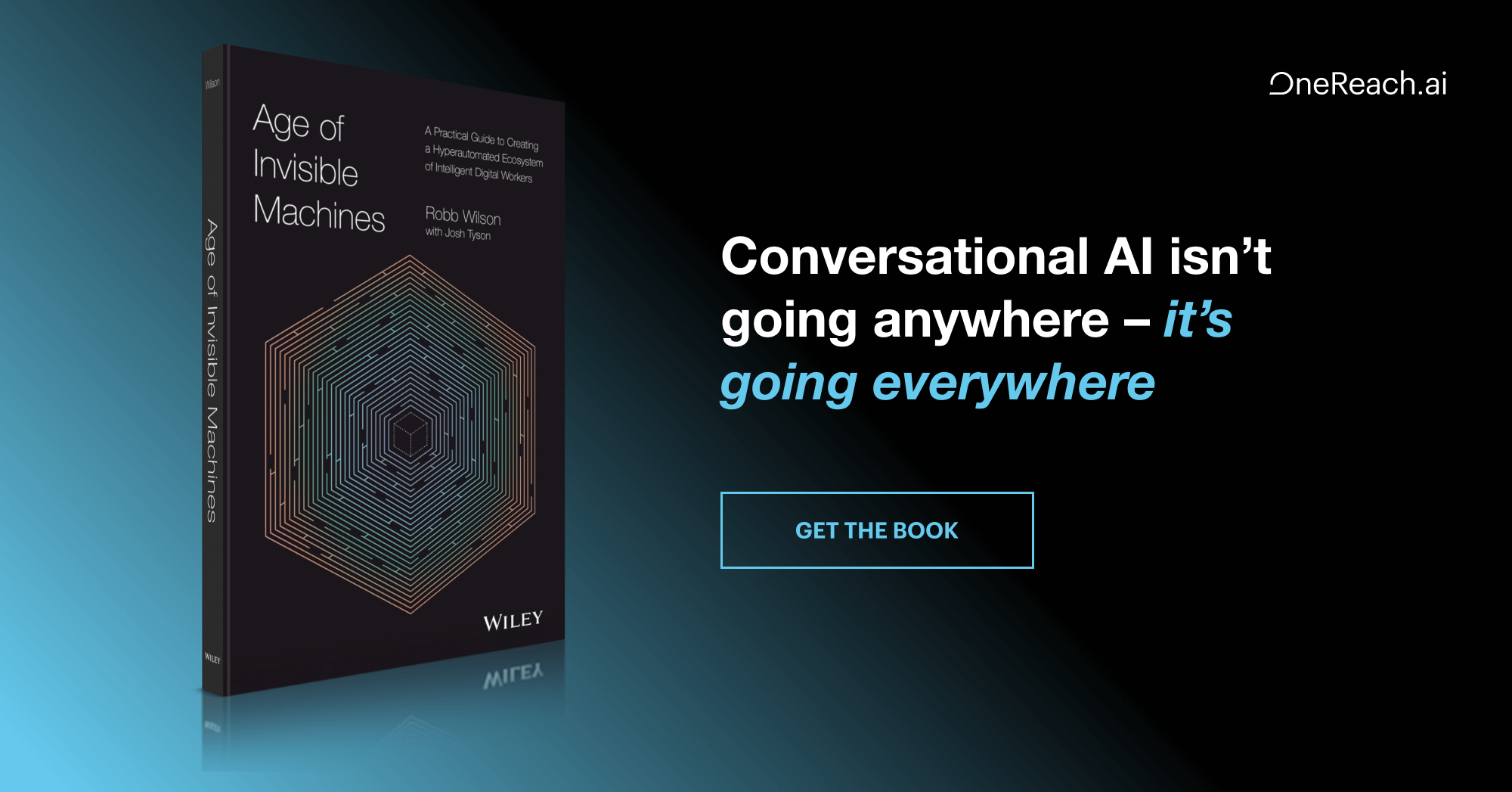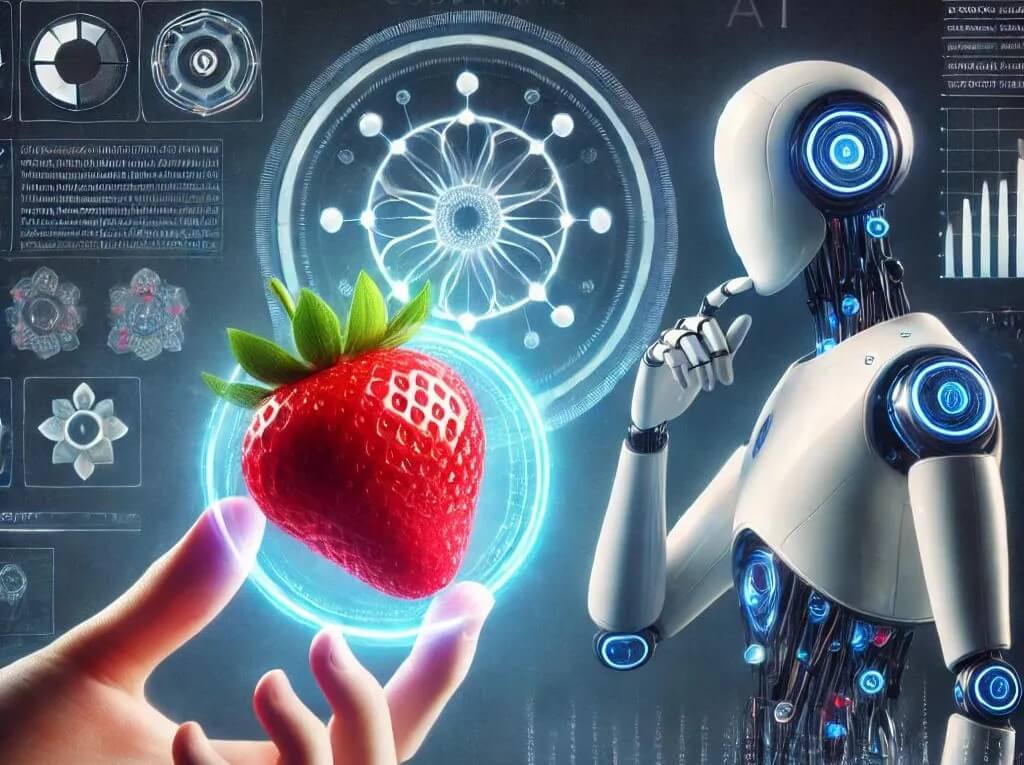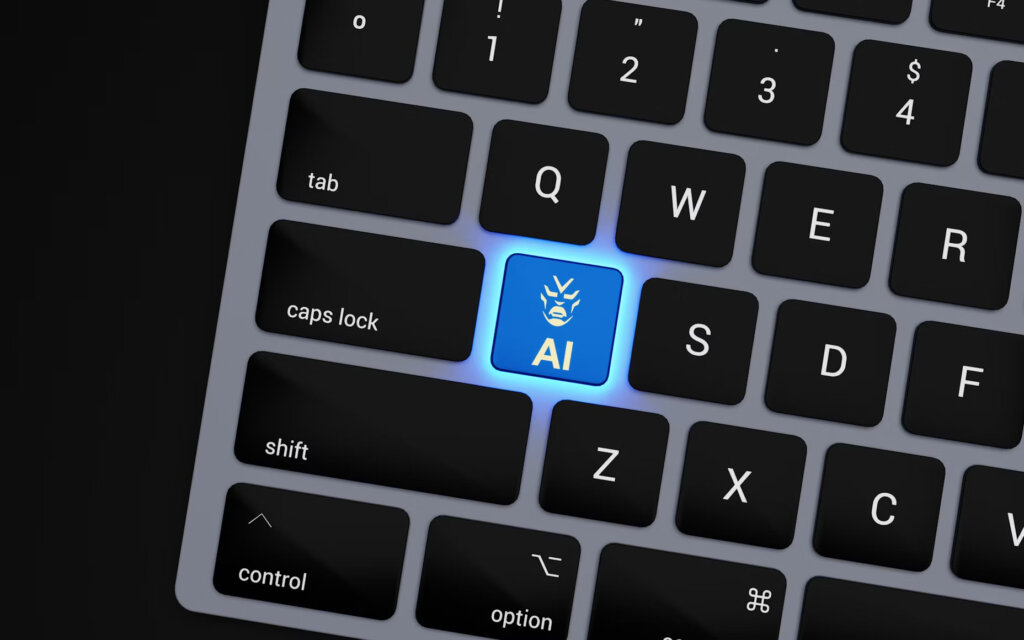Humans have transcended their biology from the aggregate of cells they are made up of and transformed it into something profoundly different. Yet it is baffling how the advances and influences of modern neuroscience led its practitioners to squeeze the wonder of human nature into a brain and how computer scientists further transduced the brain into the logic gates of silicon circuitry.
“Because humans have “input” in the form of the senses, and “output” in the form of speech and actions, it has become an AI creed that a convincing mimicry of human input-output behavior amounts to actually achieving true human qualities in computers.”—Ari Schulman
Scientists get away with this metaphysical murder because the technologies they develop are so practically useful. (Tallis 2014.) It is astonishing how a herd of philosophers succumbs to the glory of neuroscience and gives those reductionists a helping hand.
The entertainment media, through films like Her and Ex-Machina, turns this folly into future likelihood.
This essay concerns popular “neuro” intellectual fashions, stretching from biologistic to computer pseudo-science. It also answers many of the questions and valid criticisms surrounding an essay I published on AI and consciousness.
After a conference on consciousness in 1998, Christopher Koch, a pioneering neuroscientist researching consciousness, proposed a wager to David Chalmers, a philosopher of mind, that the neural correlates of consciousness would be discovered in the brain within 25 years.
The outcome: Philosopher 1, Scientist 0.
Koch had still not found the neural indicators of consciousness in the brain. In 2023, Chalmers was declared the winner and took home a case of fine Portuguese wine.
The success of generative AI and GPTs fueled expectations that AGI (Artificial General Intelligence) is near and that AI can become conscious. A recent paper by 19 scientists goes further: there are “no obvious technical barriers to building AI systems which satisfy these indicators (of consciousness).”
There is absolutely no doubt that we can build intelligent machines. However, the hypothesis that we can create a conscious machine is based on a series of fallacious assumptions about science, the brain, and the mind.
Science and its limits
The problem of consciousness
In 2005, Science Magazine chose the “hard problem” of consciousness as the second most important unanswered problem in science. The hard problem is to explain how matter can give rise to subjective experience. How does a physical system like the brain generate consciousness? How can the taste of vanilla be distinguished from the smell of lavender through patterns of neural activity? How does the brain, a physical object, create non-physical essences, such as values, purpose, meaning, feelings, or thoughts?
Despite its spectacular advances, neuroscience cannot answer those questions — none of them.
The problem is intractable and stems from what we consider consciousness to be. While the possibility of conscious machines cannot be categorically refuted, neither can the hypothesis of Russel’s teapot or the flying spaghetti monster. Both are logically sound arguments. But the issue is not whether the argument of a conscious machine is logically coherent, but whether it is a valid hypothesis to entertain.
Neuroscientists strongly believe that solving easy problems related to consciousness will bring us progress toward an ever-closer correspondence between the structure of brain processes and the structure of conscious experience. However, the hope that closer correspondence between neural activity and inner experience will solve the hard problem is like the belief that if you walk far enough, you will reach the horizon.
There can be no conventional “scientific” theory of consciousness because science can only describe and predict how nature behaves, not what nature is. The latter investigation belongs to the realm of philosophy, or more precisely, metaphysics. Bertrand Russell came to this observation already a century ago (Russell 2009).
Science explains how something works; philosophy seeks an understanding of what that something means. Science looks at the facts, philosophy investigates their meaning.
Quantum mechanics is an astonishingly successful discipline in physics, and its mathematics describes quantum reality with rock-solid precision. Yet what quantum reality means is a whole different matter. How can a quantum object be both a particle and a wave? Does consciousness collapse the wave function during measurement? Orthodoxy in the discipline suppressed those types of questions for decades and put the careers of physicists pursuing this track on a dead-end. Quantum physicists would exhort, “Shut up and Calculate!”
Science reduces all reality to quanta, numbers, or units of measure. It deals with exteriors, or the empirical realm of reality that can be perceived with the senses and their extensions. Consciousness is a slippery concept for scientists because it is utterly subjective and cannot be reduced to its objective correlates.
Solving the hard problem from a quantitative viewpoint is like figuring out how screens are created by the movies they play.
Explanation and interpretation
What science can explain about the text of King Lear are its quantitative dimensions: the density and weight of the paper, the chemical composition of the ink of the signs, the number of pages, and so on. That is what you can observe or know about a text empirically. However, to understand the meaning of King Lear, we need to learn a language and its symbols before we can engage in intersubjective (dialogical) understanding with others to embark on an interpretation.
Interpretation is not just a subjective whim; King Lear is not about the frivolity of war. There are good and bad interpretations. And those interpretative understandings are just as important, sometimes more, than empirical explanations.
Another example is the talking cure, or psychotherapy, which is an interpretative odyssey that shows how interpretations impact well-being and human agency. You will not interpret your anxiety in terms of brainwaves, cortisol, serotonin, and dopamine levels but in terms of the first-person experience (or qualia) of anxiety itself: alienation, disorientation, discomfort, and overthinking. Those are, contrary to knowledge, phenomenal experiences that can only be understood through intersubjective context.
There is no instrument to observe reason, values, thoughts, or emotions directly. Alexander Linklater puts it best:
“It’s good to be reminded that, though fMRI scans are remarkable, neurologists still learn more about mental functioning by spending time with patients.”
In other words, to engage in dialogue to apprehend meaning and context to understand a patient’s experience.
The very question of whether matter can give rise to qualia or subjective experience cannot be empirically adjudicated, and lies outside science. In other words, the belief that matter generates qualia has no justification within science: it is a philosophical (metaphysical) doctrine. All attempts to solve the hard problem have failed, and it stubbornly remains an anomaly for dogmatists in the church of metaphysical materialism.
Yet, there is no lack of trying.
One approach is the non-solution: we can never solve the hard problem because of how our minds are constructed. This is philosophical silliness. Why should this approach make sense? Why do philosophy if you don’t want to understand the world around you?
Another is explaining consciousness away in the form of eliminative materialism, the radical claim that consciousness is illusionary; in other words, mental states are tricking themselves into believing they do not exist. There is a whole branch in the philosophy of mind advocating this surreal, self-defeating Gödelian knot (Kastrup 2015). It does not require elaborate thinking to see those philosophers pull the rug from beneath their own argument: if I can’t trust my mind to tell me I am conscious, why should I trust my mind when it suggests I am not? And if consciousness is an illusion, who or what is having the illusion? This makes you wonder how such an illusion can take place outside consciousness.
A third avenue is modern pan-psychism, a more refined and sophisticated form of physicalism that states everything has a mind: animals, trees, rocks, and even subatomic particles.
“They try to explain animal and human consciousness in terms of more basic forms of consciousness: the consciousness of basic material entities, such as quarks and electrons.”
When atoms, with their rudimentary bits of “consciousness,” are grouped together in complex aggregates, panpsychism assumes all those tiny bits will create “something” that can produce the meaning of life, the taste of salt, or the feeling of love. However, the hard problem remains a mystery because it pushes down qualia to more fundamental levels of matter (elementary particles) yet cannot explain how those aggregates lead to subjective experience.
To paraphrase an old joke: consciousness works in practice, but doesn’t in theory.
Is the mind a machine?
“The mind is fundamentally a sentential computing device, taking sentences as input from sensory transducers, performing logical operations on them, and issuing other sentences as output.” (Churchland 1989)
“We see that actions follow from our perceptions, and our perceptions are constructed by brain activity … Our actions are entirely mechanistic (…). We are programmable machines, just as we take for granted the fact that the earth is round. ” (Carter 2010)
This is scientism in the guise of neurophilosophy, metaphysics in service of cognitivist science, a form of philosophy Peter Winch criticized decades ago as “underlabourer,” a tool to clear up linguistic confusions that muddy proper scientific explanation (operationalization of language). In the words of John Locke: “clearing the ground a little, and removing some of the rubbish that lies in the way to knowledge.
Language, then, becomes a tool to adequately represent a thing and describe what that thing does.
Now, we can transduce the “who” into “what” and “I” into an aggregate of “its.” The journey to the truth about human nature involves reducing everything, including ourselves, to matter. In the thrall of neuroscience, language was — pun intended — lobotomized.
Raymond Tallis calls the maneuver “thinking by transferred epithet.” (Tallis, 2016) It makes language, as Wittgenstein would put it, “go on a holiday.” This transference is at the heart of what Tallis refers to as neuromythology.
“Philosophers spend their time worrying about concepts. Why? The concepts of cognitive science are mostly just fine. What we need is to get on with discovering the facts.”
The brain does not generate consciousness
Conflating correlation, cause, and identity
Biologism and neurophilosophy are wrong about human beings’ place in nature because they conflate correlation with causation and identity while putting mind, biology, and matter at the same abstraction level.
A normally functioning brain is necessary but not sufficient for experience. The correlations of subjective experience with patterns of neural activity do not establish the causality of brain-generated consciousness. (Papinaeu 2001). While subjective experience has objective neurological correlates, that is all science can conclude. The presence of firefighters at a location can be correlated with a fire, but the cause of the fire cannot be deduced from that correlation.
Is the perceived correlation of neural firing identical with the experience of, say, a perception? The experience of the color red is not identical to the knowledge of its neuro-imaged correlate. The firefighters at the fire are not the fire they were sent to extinguish. Furthermore, if nerve or neural impulses are assumed to cause qualia or consciousness, they cannot be identical to each other. If A is identical to B, A cannot cause B, and vice versa.
Only the monotheistic God is capable of such a feat.
Bewitched language is running riot
Neuromythology misleads us into believing we know and make sense of more than we do. I will elaborate with 2 examples.
Terminology is defined to be suitable for operationalization. With a handwave, brain-mind barriers are dissolved through a long chain of unchecked metaphors.
Information
Claude Shannon’s groundbreaking theory of information, which lies at the foundation of telecommunications and computer science, defined a unit of information as a “bit” representing a choice between 2 equally likely alternatives. Information content is measured by the amount of entropy or uncertainty in a message: the more uncertainty, the more information. Hence, the flip of a coin carries high entropy (information), as the outcome is uncertain and has a 50/50 chance.
To make this engineering definition of information work, it had to dispense with any notion of meaning. In the words of Shannon:
“The semantic aspects of communication are irrelevant to the engineering aspects.”
It is then a small step to regard the nervous system’s function as a transmission system and conceptualize the brain as a processing and storage device.
The method of measuring information then became its definition, regardless of how informative (interesting, exciting, pleasant, or shocking) that information is for the recipient. Yet the excision of meaning from the ordinary understanding of information, which etymologically comes from the Latin in-formare, which means to “give form, shape or character” to something, dismisses the requirement for understanding.
Therefore, a computer cannot think or understand; all it does is exchange symbols according to a set of rules (algorithms). Computer instruction sets determine how symbols and numerals are exchanged for one another.
The Chinese room thought experiment, conceived by the philosopher John Searle, refutes the Turing test (a measure of a machine’s intelligence as equivalent to a human’s) and the concept of the mind as an information processing system. The analogy goes as follows:
Someone who is not familiar with Chinese is in a closed space. That person receives “input”, or Chinese characters, via a slot, manipulates these symbols according to a set of English rules, and “outputs” Chinese characters that seem like thoughtful answers. To observers from the outside, the room appears to understand Chinese. Yet the individual within just obeys commands without understanding any of the symbols.
Computers and modern GPT-based AI systems make it appear that they can understand language without producing actual understanding.
Syntax (structure, form, rules, and arrangements of words) is not equal to semantics (meaning and interpretation). Sentences with correct syntax can, just like logically coherent statements, be completely meaningless.
Comprehending meaning is not similar to rule-based manipulation of symbols because the symbols remain uninterpreted. The Chinese room challenges the notion that a computer with the right programming can be intelligent and understand things like humans. It implies that passing a Turing test does not always imply actual comprehension or intelligence.
Information divested from semantics also enables panpsychist philosophers of mind to see information and, by extension, experience everywhere. A door carries information as its closed state is 1 and its open state is 0.
“One can find information states in a rock — when it expands and contracts, for example — or even in the different states of an electron. So there will be experience associated with a rock or an electron.” My italics (Chalmers, 1997).
If rocks are conscious, there can be no denying that the brain is conscious. The mind then depends on the “functional organization” of the information bits in the brain. Yet how this functional organization leads to qualia…. No one knows.
Memory
Computers have a memory where information is stored and processed. Yet neuroscience has not found the location or “address” of memory “files” in the brain, or even if such “files” exist.
The behaviorist psychologist Karl Lashley induced brain damage in rats to determine the discrete locations of memory and learning. While performing brain lesions on rats trained to navigate a maze, he observed that performance was unaffected. He concluded that “memory” had no discrete location but was spread all over the brain.
According to the theory put forth by his student, the neuroscientist Donald Hebb, the neural basis of memory is based on developing “cell-assemblies,” or collections of cells (neurons firing together, wire together) that represent remembered experiences, and the selective stimulation or inhibition of synapses between nerve cells. This change, for Hebb, was only a local one, not a change in the brain as a whole.
Local versus distributed, atomistic versus gestalt theories of memory: neuroscience is still all over the place when it comes to the location of memory in the brain:
“What has been found are some neural correlates of memory formation — that is, brain activity that accompanies it — but not the information storage itself.” (Kastrup, 2015)
Connectionism
Can we model the brain by simulating neural patterns to create a mind?
Connectionism, a form of computing on which GPTs and LLMs are based, offers an alternative to classic cognitivist science, which views the mind as similar to a digital computer processing a symbolic language. Brains do not seem to operate according to rules, have no processing unit, and information does not reside in files or addresses. Connectionism simulates the brain as a system of massive interconnections in distributed structures that allow connections between simulated neurons to change due to learning, training, or “experience”.
The exponential rise in computing power led to the rediscovery of self-organizational ideas in physics and nonlinear mathematics. It also allows for the inclusion of neurobiologist knowledge about the resilience of the brain to damage and the flexibility of cognition.
Unlike the cognitive computational theory, which assumes the brain computes through processing symbols, connectionism starts from the premise that computing starts at the level of the connections of large amounts of simple components, or simulated neurons, that dynamically connect and “self-organize.” Such large artificial neural networks achieved astonishing success in a range of cognitive capacities, such as pattern recognition, categorization, and translation.
Meaning does not reside in the artificial neurons that make up the system but “in complex patterns of activity that emerge from the interactions of many such constituents” my italics (Varela 2016). I will elaborate on terms such as complexity, emergence, and patterns further below.
The spectacular advances in generative AI led to an explosion of interest in connectionism and its latest incarnation, deep learning. The question of how AI’s emergent properties are related to symbolic computation or how symbolic regularities “emerge” from complex patterns is one of the hottest fields in AI research today and is not well understood.
Yet, the question is misleading. The emergence of regularities from complex patterns is a mathematical process, not a phenomenological or experiential one. The neural network simulation through a GPT and LLM does not understand the human symbols it is fed. nor the output it generates. What it does is transform a question into an answer through a series of mathematical and geometric algorithms.
This is why a GPT stands for General Pre-trained Transformer. It is trained on human data as input and human-interpreted output.
Artificial neural networks will undoubtedly advance machine intelligence. Whether those systems will give rise to consciousness or experience how it is to be like a system of artificial neurons is an altogether different matter.
The misplaced hope that given enough processing power and complexity, the computer system will make the “jump” to consciousness still shatters on the hard problem simply because the map is not the territory.
Fallacious abstractions and misplaced isomorphism
Appeals to emergence, patterns, and complexity, terms with enormous fallacious explanatory power, are made to explain the occurrence of “higher” functions that are not evident in the components of complex machines.
AI engineers mentalize machines while mechanizing minds. They aim to dissolve the mind-brain barrier through the highly abstract isomorphism between brains and computers, which they achieve by simulating neural networks with software. Yet silicon circuits, brains, and minds belong to a radically different “kind” or essence level.
Cells, brains, and organisms are all made of matter. But life is more significant than matter. For instance, autopoiesis, the ability for self-maintenance and self-replication, is unique to life and not found in the physiosphere.
Matter is more fundamental than life but less significant: destroy all life, and atoms will continue to exist. Destroy all matter, and the biosphere goes along with it. The physiosphere is part of the biosphere, but not vice versa. The same reasoning applies to the noosphere, or the psychosocial realm, where minds reside. The noosphere has a higher significance than the biosphere, which is, in turn, more fundamental.
Matter, life, and mind: each level adds a mysterious “extra,” creating greater depth or an increase in qualitative essence that cannot be engineered through science.
Life has not yet been created in a lab, and consciousness has not been created from synthetic life. To create it from dead matter is an altogether harder challenge. Yet this does not discourage Ray Kurzweil, the high priest of transhumanism, from predicting we will be able to upload our consciousness into a computer.
Leaving philosophical nuances aside, the jump in qualitative essence seems to emerge from increased quantitative complexity, but defining what this jump constitutes or explaining why there is such a jump remains out of our reach.
An analogy can evoke an understanding of why that will remain a mystery. A computer is not different from a system of pipes, valves, and water. The valves are like transistors that can switch on and off. Pipes are circuits, and water is the electrical current. The isomorphism makes complete sense from a computational perspective: the systems only differ in number or size, but not in essence.
Hence, such a system of pipes and valves, given an immensely large and complex size, can replicate the operations of any existing computer.
Do we have good reasons to believe that a system made of pipes, valves, and water correlates with private conscious inner life the way your brain does? Is there something it is like to be the pipes, valves, and water put together? If you answer ‘yes’ to this question, then logic forces you to start wondering if your house’s sanitation system — with its pipes, valves, and water — is conscious and whether it is murder to turn off the mains valve when you go on vacation.”
But it is also the mind that makes the distinction between order and complexity. Hence, an appeal to patterns, emergence, and complexity puts the cart before the horse because the mind finds and defines patterns, emergence, and complexity. Neural patterns in the brain are incredibly complex: billions of neurons allow combinations that exceed the number of atoms in the universe.
Such complexity should disarm the surprise that consciousness “emerges” from it and establish the criteria for complexity, pattern, and emergence “as not understanding them.”
Consciousness extends beyond the brain: body and lifeworld
Some of the most poignant arguments against AI and artificial consciousness stem from the existentialist and phenomenological traditions, notably those of Edmund Husserl, Martin Heidegger, and Maurice Merleau-Ponty (who was well-steeped in the neuroscience of his time). Their views, once ridiculed and ignored by AI scientists, have found their way into the latest AI research.
We are not a brain in a vat, as many AI researchers implicitly conceive of intelligence and consciousness. According to Merleau-Ponty’s concept of the “lived body,” physical interaction with the environment is essential for proper neural development and perception:
“If a kitten is carried around during its critical early months of brain development, allowed to see its environment but prevented from moving independently, it would develop severe visual impairments. While the kitten’s eyes and optic nerves would be physically normal, its higher visual processing abilities. like depth perception and object recognition would be severely compromised.”
The brain, which exists within the physical confines of the human body, is intricately interconnected with the physio, bio, and noosphere. In the context of human existence, we are fundamentally linked to a collective of minds and the intricate social and cultural constructs shaped by these individual selves and cultures.
Heidegger clarified that our “being” cannot be separated from its background context: our consciousness and self are not stored inside a body or cabinet. They are part and parcel integrated into a meaningful life-world that is co-created with others.
While the embodied cognition movement and its integration in AI, based on ideas developed decades earlier by Husserl, Heidegger, and Merleau-Ponty represent a step forward, its ontological foundation remains in the brain and nervous system. Supersizing the mind does not get cognitivist scientists beyond the problem of how a brain-body can be about occurrences other than itself and, out of that “aboutness,” create a lifeworld for its owner and others.
Furthermore, embodied cognition leads to the paradox that reasoning from a computational perspective is significantly simpler than computing perception and sensorimotor skills. We cannot yet build the intelligence into vehicles to allow them autonomous driving, despite numerous and repeatedly failed predictions that ADVs were near. In spite of all the hype, AI cannot and won’t be able to fill your dishwasher soon.
Adding exponentially more computational resources to solve the hard problem will not provide a solution, only a vastly improved simulation. The application of those resources remains an open-ended progress in AI’s walk toward the (unreachable) horizon of consciousness.
Conclusion
Consciousness and mind are much more than a mirror of nature:
“Cognition is not the representation of a pregiven world by a pregiven mind but is rather the enactment of a world and a mind on the basis of a history of the variety of actions that a being in the world performs.” (Varella 2016)
The challenge posed by phenomenologists remains. The brain and nervous system are perceived, dissected, and experimented on by and through the minds of scientists: the brain is inside a mind and consciousness. Not vice versa.
What if the hard problem of consciousness — and consciousness in machines is misconstrued?
What if consciousness is fundamental, and matter is an epiphenomenon of consciousness, and instead, we have the hard problem of matter? While this sounds non-intuitive, reflect on this:
Do we know anything that exists outside our experience (sensing, perceiving, thinking….)?
If you answer no to this question, then you understand the belief that science can create consciousness is nothing but a Disneyfication of Artificial Intelligence.
The ghost in the machine is just that: a ghost.
The article originally appeared on Medium.
Featured image courtesy: Manuel.








